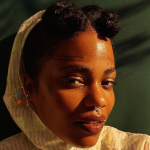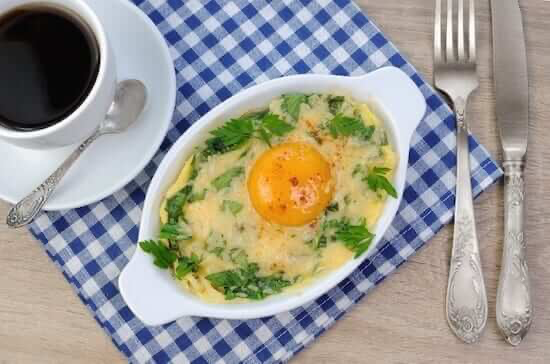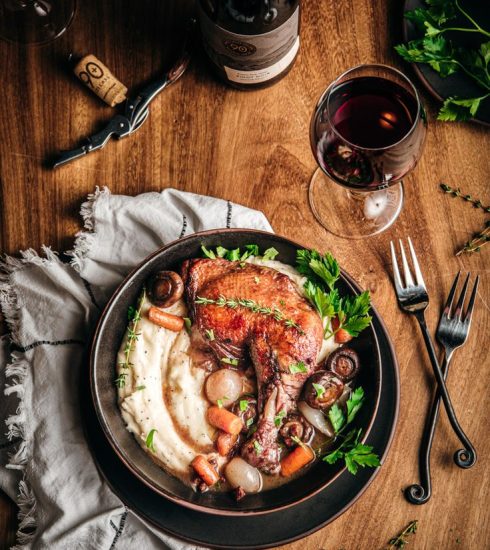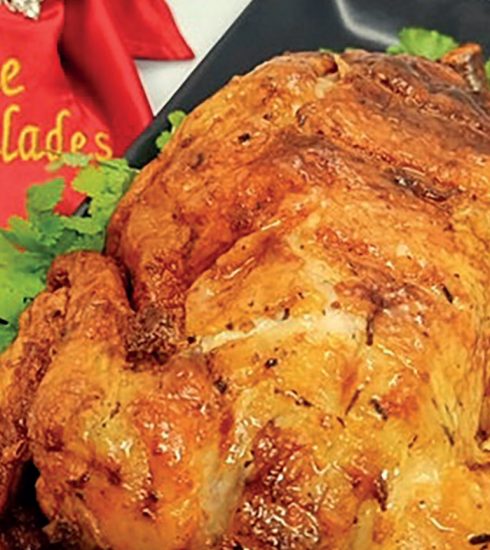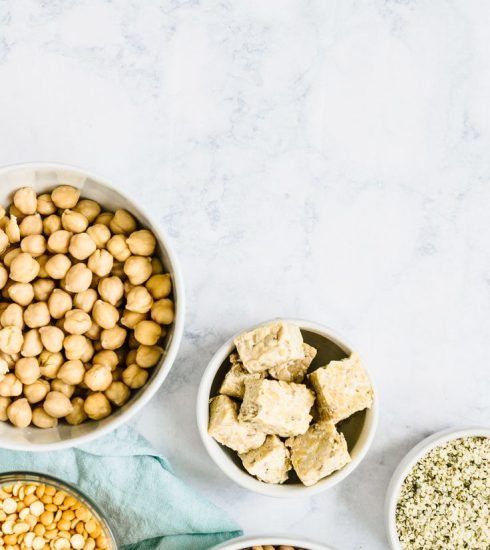Eggciting Easter: 10 Ways You Can Enjoy Your Easter Eggs
Perhaps the biggest part of any festivity, food is always a constant whenever we have something worthy of celebration. Especially during religious merrymakings, after fastings and lents have been observed, food is usually plentiful, although specific. Just as Christmas is synonymous with chickens and Eid al-Adha is known for ram meat, Easter celebrations have found a trademark food in eggs.
Eggs were a widely used premodern and pre-Christian symbol of fertility and restoration. European “Pagans” (a term used to refer to people who practised a variety of non-Christian traditions) viewed eggs as a symbol of the regeneration that comes with springtime.
Early Christians borrowed this image and applied it not to the regeneration of the earth but rather to Jesus Christ. This was also extended to the new life of the faithful followers of Christ.
This Eastertide, from Good Friday to Easter Monday, you can experiment with the eggs with friends and family. There are four basic methods to cook eggs—frying, boiling, scrambling, and baking.
Each of these methods has different specific ways or styles. For example, frying an egg can be done in at least five ways. Here are 10 basic ways to cook eggs.
1. OVER-EASY

One side of the egg is cooked in a pan with oil or butter. When the side being cooked is done, the egg is flipped to enable the other side to cook for a few seconds.
2. SUNNY-SIDE UP
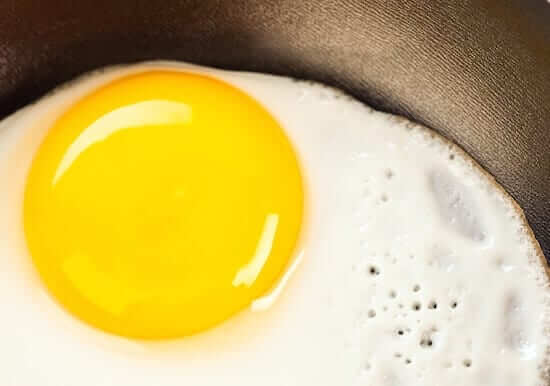
This style lets only one side of the egg cook. The other side is slightly cooked by the heat below. The yolks are left in their liquid form. It was called “sunny side up” because the appearance of the egg resembles the shape of the sun.
3. HARD-BOILEDUP
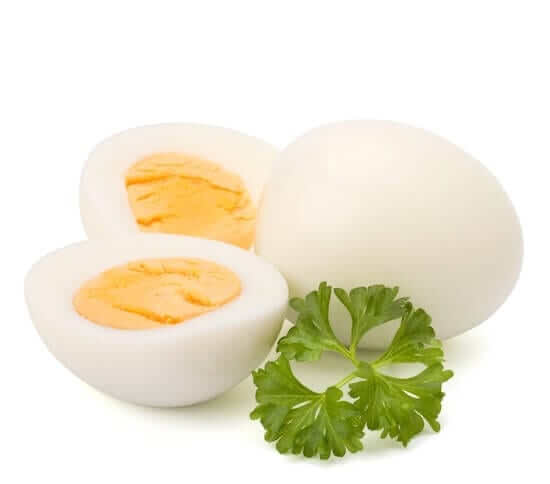
A hard-boiled egg is a result of boiling egg for a long period of time. The egg is placed in boiling water and left there to cook for 12 minutes or more. This will result in eggs having hard whites and yolk.
4. SOFT BOILED
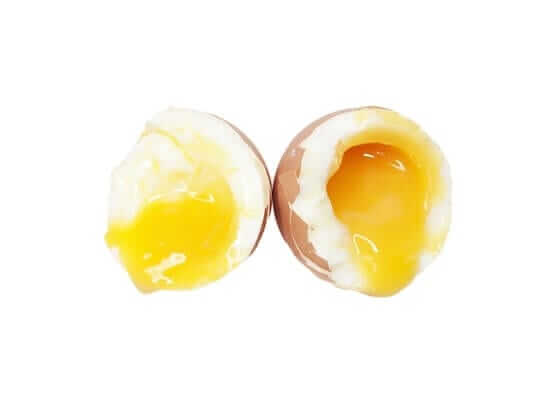
Soft-boiled is the opposite of hard-boiled. Using the same boiling method, eggs are placed in boiling water and cooked for a short period of time. The egg white is slightly cooked leaving some parts liquid. It will also produce liquid egg yolks.
5. BASTED
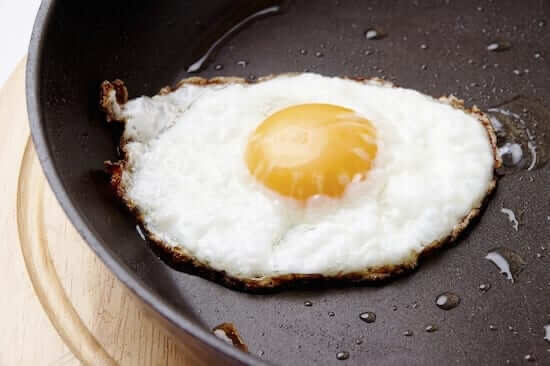
This is similar to sunny-side up. However, instead of leaving the yolks as it was, hot oil from the pan is poured over the egg to let the top cook slightly.
6. OVER-HARD
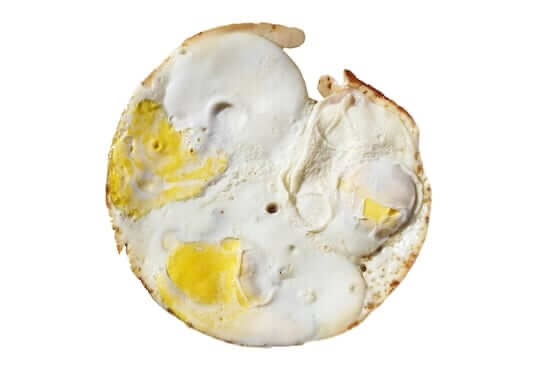
This is the opposite of over-easy. One side is cooked then flipped to cook the other side. The egg yolk produced from this style is usually solid.
7. POACHED
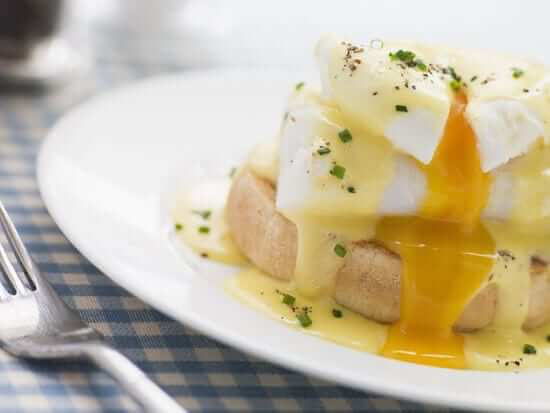
Poaching eggs means bringing water to a boil. Once the water boils, it is reduced to a simmer. The egg is cracked and placed in simmering water, and cooked until the desired results are achieved.
8. STEAM-BASTED
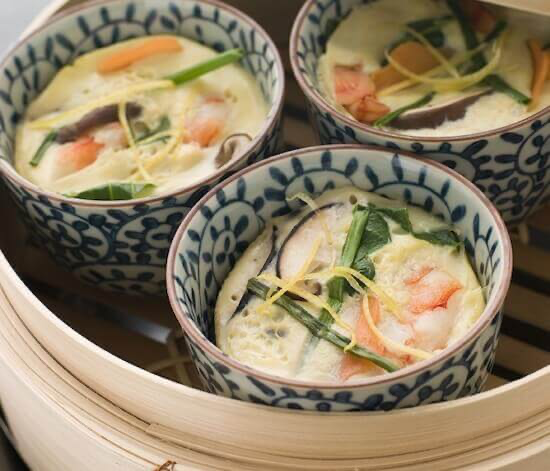
Steam is used to help cook the egg. Instead of pouring oil over the egg, a little water is added to the pan. The steam produced by the water helps cook the egg.
9. SHIRRED
This is done by baking the egg. Eggs are cracked and placed in an oven-safe cup. Butter is placed on top of the uncooked egg, and then the egg is baked for a certain time.
10. SCRAMBLED
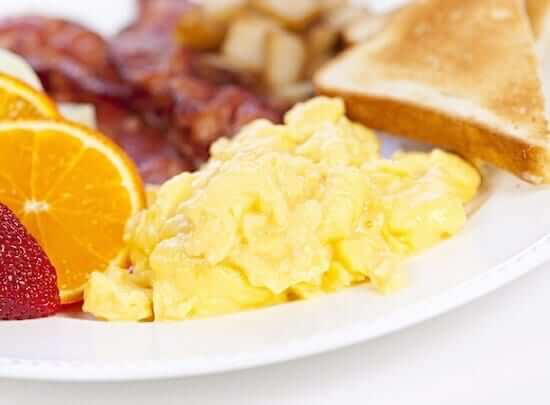
Scrambled eggs are prepared by whisking eggs in a bowl along with some salt and pepper. The whisked egg is then fried in a pan. This style suggests constant stirring while the egg is starting to cook. As you all know, omelettes are derived from scrambled eggs.
Self-identifies as a middle child between millennials and the gen Z, began writing as a 14 year-old. Born and raised in Lagos where he would go on to obtain a degree in the University of Lagos, he mainly draws inspiration from societal issues and the ills within. His "live and let live" mantra shapes his thought process as he writes about lifestyle from a place of empathy and emotional intelligence. When he is not writing, he is very invested in football and sociopolitical commentary on social media.


